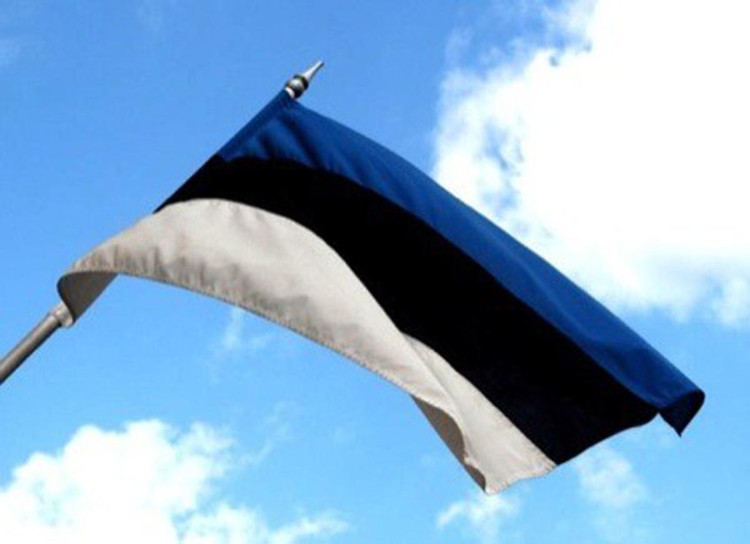An International Atomic Energy Agency (IAEA) team of experts said Estonia’s regulatory body for nuclear and radiation safety is experienced and dedicated but needs to develop and sustain adequate professional expertise to meet future challenges.
The Integrated Regulatory Review Service (IRRS) team today concluded a 10-day mission to assess Estonia’s regulatory framework for nuclear and radiation safety, which is overseen by the Ministry of the Environment.
Estonia has no nuclear power plants. However, it utilizes radioactive sources in medical, industrial and research applications, and maintains an interim storage facility for radioactive waste. The Government is in the process of selecting a site for a planned permanent waste disposal facility.
“Estonia has established a legal and regulatory framework for safety which largely meets IAEA Safety Standards and the IRRS team has made recommendations for further improvements,” said team leader Selva Kumar, Senior Officer for Regulatory Policy at the Australian Radiation Protection and Nuclear Safety Agency. “As a country with a small workforce, Estonia’s main challenge will be to develop and sustain radiation safety expertise.”
IRRS missions are designed to strengthen the effectiveness of the national nuclear regulatory infrastructure, while recognizing the responsibility of each State to ensure nuclear and radiation safety. The mission assessments are based on IAEA Safety Standards and international best practices.
The team made recommendations and suggestions aimed at improving regulatory functions and making them more consistent with IAEA Safety Standards.
The team said the Ministry of the Environment has developed regulatory requirements and rules to carry out its regulatory responsibilities and to comply with IAEA Safety Standards and international best practices. While Estonia continues to update its regulatory framework, the team encouraged further enhancements.
The team recommended that authorities develop and implement a human resources plan to ensure the availability and competence of regulatory staff. It also said the Government should ensure that diagnostic radiation reference levels and criteria, as well as guidelines for the release of patients, are established.
The 13-member IRRS team comprised experts from Armenia, Australia, Austria, Belgium, Bulgaria, Canada, Greece, Hungary, Lithuania and Sweden as well as three IAEA staff members.
Meelis Münt, Deputy Secretary General of the Ministry of the Environment, expressed appreciation for the mission’s work. “Estonia sets a high value on the proposed recommendations,” Münt said. “As we are planning to renew our radiation legislation next year, we have an excellent opportunity to implement these recommendations and suggestions promptly to ensure sustainable development of radiation safety in Estonia.”
The mission included observations of regulatory activities, interviews and discussions with staff from the Ministry of the Environment, the Environmental Board and the Environmental Inspectorate. The experts visited medical facilities and observed the performance of inspection activities, including discussions with the licensee personnel and management.
The IRRS team identified the following good practice:
- Each year the senior executive management visits all the structural units of the Environmental Board and Environmental Inspectorate and discusses the goals and topical issues of the organization directly with the employees.
The team made recommendations and suggestions for improvement, including:
- The Ministry of the Environment should consider organizing the radiation safety regulatory functions of authorization, inspection and enforcement in such a way that they are effectively performed by staff with sufficient expertise in radiation safety.
- The Environmental Board and Environmental Inspectorate should establish and implement, in each organization, an Integrated Management System.
- The Ministry of the Environment should amend the regulatory framework on predisposal management of radioactive waste to establish explicit provisions related to the overall responsibilities of the operator.
The final mission report will be provided to the Ministry of the Environment in about three months. Estonian authorities told the IAEA they plan to make the report’s executive summary public.


